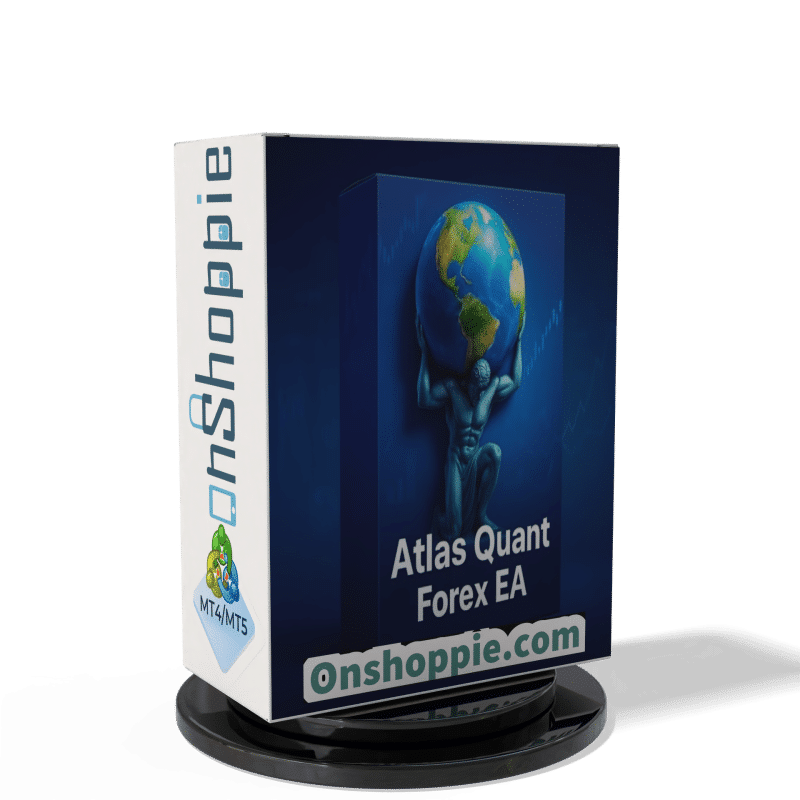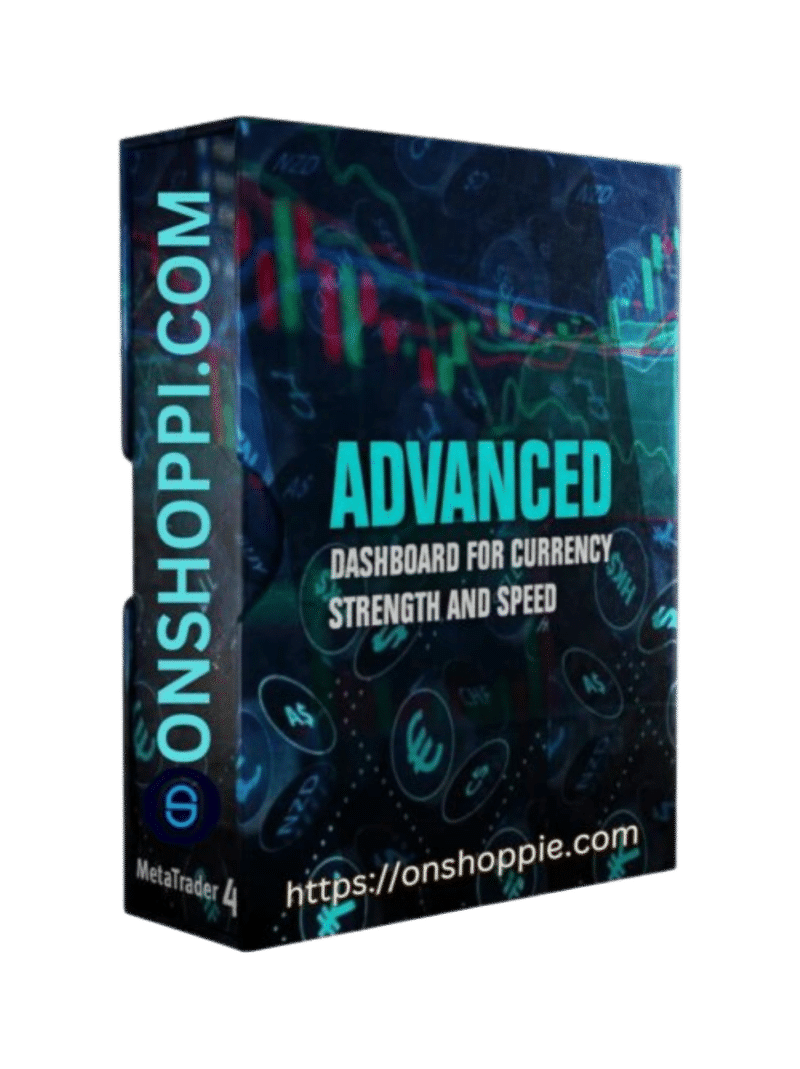In the fast-paced world of financial markets, traders continually seek the most effective way to make informed, profitable decisions. Two major approaches dominate this space: manual trading and algorithmic trading. While manual trading relies on human judgment, experience, and intuition, algorithmic trading uses computer programs and data-driven strategies to execute trades with speed and precision. Both methods have unique strengths and limitations, making it essential to find the right mix between human insight and technological efficiency.
Table of Contents
ToggleIn this blog, we’ll explore how combining these two approaches, a hybrid trading strategy, can help traders achieve better consistency, manage risks effectively, and make more informed decisions in today’s dynamic markets. From all that we bring to this blog, we give you all the required information on Manual vs. Algorithmic Trading: Striking the Right Balance.
What Is Manual Trading?
Manual trading refers to the process of investing in assets without the help of an automated system or an algorithm. Every trade is based on human judgment, analysis, and experience. This usually involves a close personal eye on the rise and fall of the market, stocks, and assets. The core principle behind manual reading is mainly control, and with the risk that trading provides, it’s often practiced by the elder generation, and usually, traders rely on their intuition, discipline, and decision-making abilities to identify opportunities and manage risks.
Manual traders use a variety of tools, including charting platforms, technical indicators (like moving averages, RSI, MACD), economic calendars, and news feeds to analyze trends and market sentiment. Many also employ fundamental analysis, studying company reports, market data, and macroeconomic factors, to make informed trading decisions. Effective manual trading requires strong analytical skills, quick reflexes, and emotional control. The following are the advantages of Manual Trading:-
- Flexibility to adapt to sudden market changes.
- Greater control over entry and exit points.
- Ability to apply human intuition and judgment in complex situations.
- Useful for trading special events, news releases, or volatile markets.
- No dependency on technology or coding knowledge.
What Is Algorithmic Trading?
Algorithmic trading is the process of using computer programs and mathematical models to execute trades automatically based on preset rules. Instead of relying on human emotions or manual input, these algorithms make decisions in fractions of a second, analyzing market conditions, identifying opportunities, and placing orders at optimal times. The goal is to achieve consistency, speed, and efficiency in trading operations.
The key Components of algorithmic trading are the Algorithms or the logic or strategy coded into the system to determine when to buy or sell, and real-time and historical market data to feed the algorithms to identify patterns and signals, and lastly, advanced servers and connectivity ensure trades are executed faster than humanly possible, often giving traders a competitive edge.
The only problem with algorithmic trading can be the system errors, connectivity failures, or faulty algorithms can lead to significant financial losses. Over-optimization may make strategies perform well in backtesting but fail in live markets.
Discover the Range of Popular Forex Trading Tools in the Market
Some of the tools that can help you get a better chance at trading are the ones given below. They can help you get the success rate you wish to achieve, given you take all the steps required:-
EAs are also known as “trading robots” or “bots” and are most commonly used in the forex market, but they can trade any financial instrument available on the platform. They use predefined algorithms and trading rules to monitor financial markets, identify trading opportunities, and execute trades automatically on a trader’s behalf.
This refers to an Expert Advisor (EA) designed for the MetaTrader 5 (MT5) platform, programmed in MQL5. These are automated trading systems that can execute trades without manual intervention, based on a predefined strategy. Traders can create their own EAs using the MQL5 programming language to suit specific trading strategies, or they can buy and download pre-built EAs from the MetaTrader Market.
They visualize mathematical calculations of price data on a chart to help traders forecast future market movements. Indicators are used for analysis and signaling, but do not execute trades automatically. There are two main types of indicators available for the MT5 platform: Standard (built-in) indicators and Custom indicators.
An EA MT4 is an Expert Advisor used for automated trading on the MetaTrader 4 platform. Written in the MQL4 programming language, an EA is a software program that executes trades, manages positions, and performs technical analysis without requiring human intervention. This allows traders to automate their strategies and monitor markets 24/7.
An EA for MT5 is an Expert Advisor, an automated trading program that runs on the MetaTrader 5 platform. Written in the MQL5 programming language, EAs allow traders to automate their trading strategies by executing trades based on predefined rules without manual intervention
On MetaTrader 4 (MT4) and MetaTrader 5 (MT5), indicators are mathematical tools used to analyse historical price and volume data, helping traders identify trends, momentum, and potential entry or exit points. While both platforms offer a wide range of built-in indicators, they also support custom-built ones
The set of human-readable instructions that computer programmers write to create software, applications, and websites. It is the fundamental building block that developers use to control a computer’s behaviour, and it is written in a specific programming language, such as Python, C++, or JavaScript. This is the easiest code to have for trading.
Manual Taking Over Algorithmic Trading
This can feel like a contradiction, given that Algo is on the rise. But with the flexibility that the former can provide to the investor, one can definitely look for Manual trading. The following things tell us how to take care of:-
- Human Judgment: Traders can interpret complex market signals, emotions, and news that algorithms might miss.
- Flexibility: Decisions can be adjusted instantly based on new information or sudden market changes.
- Handling Special Deals: Ideal for unique opportunities or negotiations that require timing and intuition.
- Better Risk Control: Traders can pause, modify, or exit positions based on real-time insights.
- Learning and Experience: Encourages deeper market understanding and skill development.
- Adaptability in Volatile Markets: Human traders can manage uncertainty better than rigid automated systems.
- Creative Decision-Making: Allows for innovative strategies that go beyond pre-set rules or patterns. Having the perfect trade with minimal mistakes.
Algorithmic Trading Perks
Algorithmic trading uses computer programs to execute trades automatically based on predefined rules and market data. Its biggest advantage is speed and precision; algorithms can analyse multiple markets and execute orders in milliseconds, far faster than a human can react. It also removes emotional bias, ensuring decisions are driven purely by logic and data.
Traders benefit from consistency, efficiency, and the ability to handle large volumes of trades simultaneously. Additionally, algorithmic systems can be back tested using historical data, helping traders refine strategies before real-world use.
Overall, it’s an intelligent, disciplined, and data-driven approach that enhances performance and minimizes human error.
The Hybrid Approach
The hybrid approach in trading combines manual trading and algorithmic trading into a single strategy. Instead of relying entirely on one method, traders use the strengths of both to achieve better results. For all the people looking for the right way to effectively devise a successful plan for trading, we have Algo trading, giving you all the time in the world for things waiting for you to attend to. Those who wonder how to have a good hold over the way their trading can move towards the manual tier of trading.
For all we can provide you with, especially if you are new at trading, this whole transit can confuse you, that’s why platforms like OnShoppie are here to provide you with impressive software to help you get all the benefits you need from the algo trading systems.
Some of the advantages of Hybrid Trading Techniques are:-
- Accurate insight can be made based on the data collected by multiple perspectives. This helps make wiser and cost-effective choices for the buyers.
- Combining every method can give you a better analysis and help you hone your trading skills.
- The market is volatile and unpredictable, but as you gain better experience and better insights, you can have much more profitable trades.
- Algorithms handle routine trades, while humans manage complex or high-value situations that require judgment.
- Humans can spot unique opportunities, like special deals or anomalies, that automated systems might overlook.
Practical Considerations Before You Choose Your Trading Method
Before deciding between manual or algorithmic trading, it’s essential to assess your goals, experience level, and available resources. Manual trading suits those who prefer control, intuition, and hands-on analysis, while algorithmic trading is ideal for data-driven, tech-savvy traders seeking speed and automation. Consider factors like time commitment, emotional discipline, risk tolerance, and access to reliable tools or technology.
Ultimately, the best approach is one that aligns with your trading style, comfort level, and long-term financial objectives. A few ways one can understand and choose a trading method suitable for them.
Risk Management and Capital Requirements
Effective trading relies on strong risk management and adequate capital. Traders should determine how much they can afford to lose per trade and set clear stop-loss levels to protect against major drawdowns. Proper position sizing, diversification, and disciplined decision-making help minimize risks. Additionally, having sufficient capital ensures flexibility, reduces emotional pressure, and allows traders to sustain losses while staying active in the market.
Regulatory and Ethical Aspects
Traders must comply with financial regulations set by governing bodies to ensure transparency and fairness in the markets. Ethical trading involves honesty, data integrity, and avoiding manipulative practices. Understanding compliance rules and maintaining ethical standards not only protects traders legally but also builds credibility and long-term trust.
Skill Set and Learning Curve
Successful trading requires a mix of analytical, technical, and emotional skills. Manual traders need strong market analysis abilities and discipline, while algorithmic traders must understand coding, data analysis, and quantitative strategies. Both methods demand continuous learning, practice, and adaptation to changing market trends to stay effective and profitable.
Key Takeaways
We hope to have provided you with all the information you require to be the trading masterpiece. For more such details, keep reaching out for Onshoppie and let your trading skills reach all heights.
Frequently Asked Questions (FAQs) for Manual vs. Algorithmic
What is manual trading, and how does it work?
Manual trading involves making buy or sell decisions based on your own analysis, experience, and intuition. Traders study charts, market trends, and news to execute trades themselves rather than relying on automated systems.
What are the advantages of manual trading over algorithmic trading?
Manual trading allows flexibility and human judgment in complex or unexpected market conditions. Traders can adapt to news events, market sentiment, and sudden changes that algorithms might not respond to effectively.
What are the main benefits of algorithmic trading compared to manual trading?
Algorithmic trading is faster, can process large volumes of data, and eliminates emotional bias. It enables consistent execution of strategies, operates 24/7 in global markets, and can take advantage of tiny market opportunities.
Can algorithmic trading help reduce emotional trading mistakes?
Absolutely. Algorithms strictly follow predefined rules, preventing decisions driven by fear, greed, or panic. This is particularly useful in volatile markets where emotional trading often leads to losses.
Which type of trading is riskier: manual or algorithmic?
Both carry risks, but in different ways. Manual trading is prone to emotional errors, while algorithmic trading can suffer from programming errors or unexpected market conditions. Proper risk management is essential in both.
Recent Posts
Product
Cart
Search by products
Products
-
The Infinity EA MT5 v1.41 + SetFiles For Build 5430
$699.00Original price was: $699.00.$19.99Current price is: $19.99. -
Chinese EA Scalping Version MT4 + Setfiles For Build 1444+ $9.95
-
Atlas Quant Forex EA MT4 v2.6 + SetFiles For Build 1443+ $9.95
-
RTX Parody EA MT5 + SetFiles For Build 5430+
$500.00Original price was: $500.00.$9.95Current price is: $9.95. -
SafeGold Scalper EA MT4 DLL Build 1443
$199.00Original price was: $199.00.$9.95Current price is: $9.95. -
IS Best Gold EA MT4 + SetFiles For Build 1443+ $9.95
-
MON SCALPER EA MT4 For BUILD 1443+
$499.00Original price was: $499.00.$9.95Current price is: $9.95. -
BB AO EMA EA MT5 v2.6.1 For Build 5370+ $9.95
Product categories
Recent reviews
-
Advanced Dashboard Currency Strength
Rated 5 out of 5by Balram









